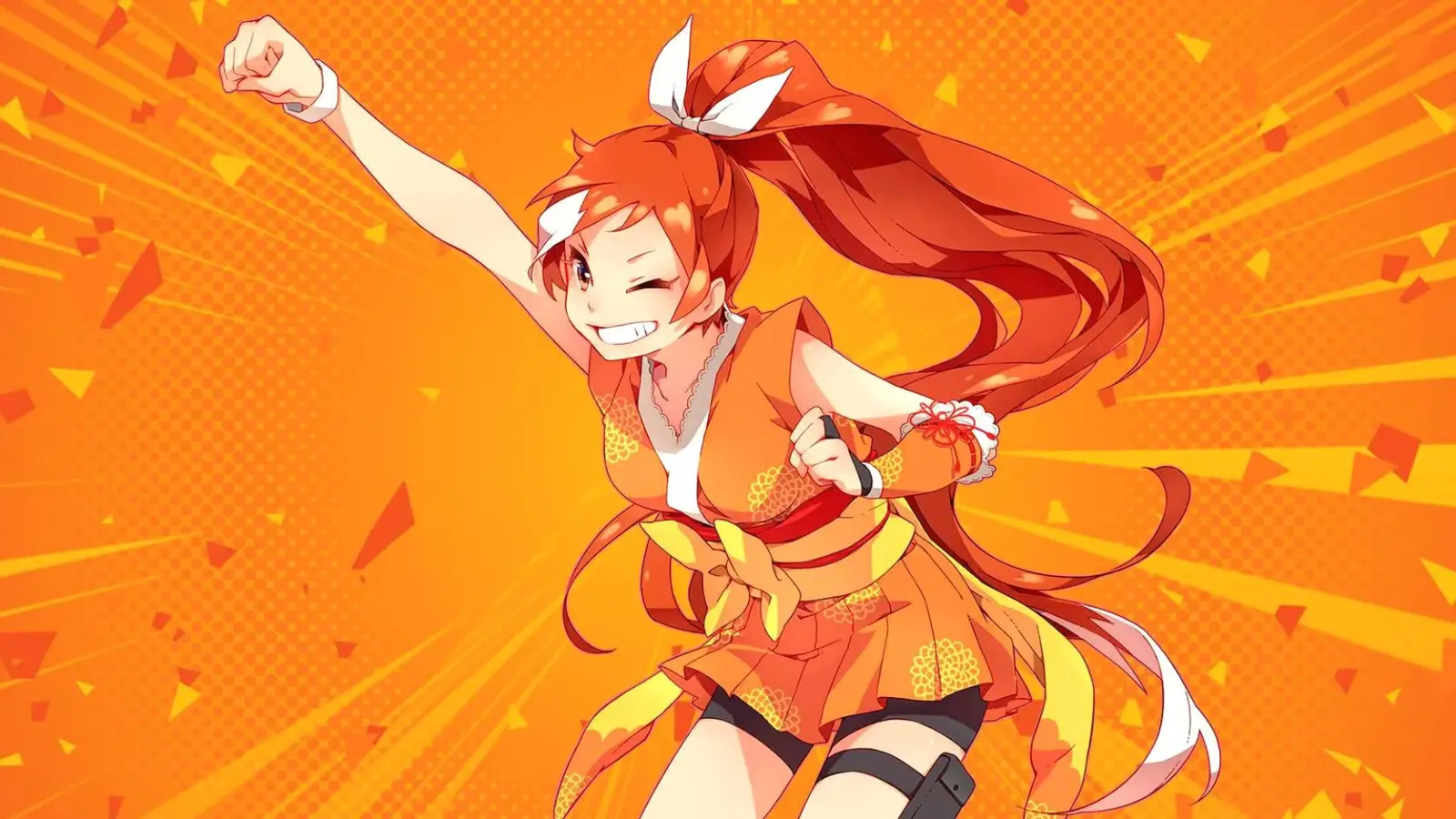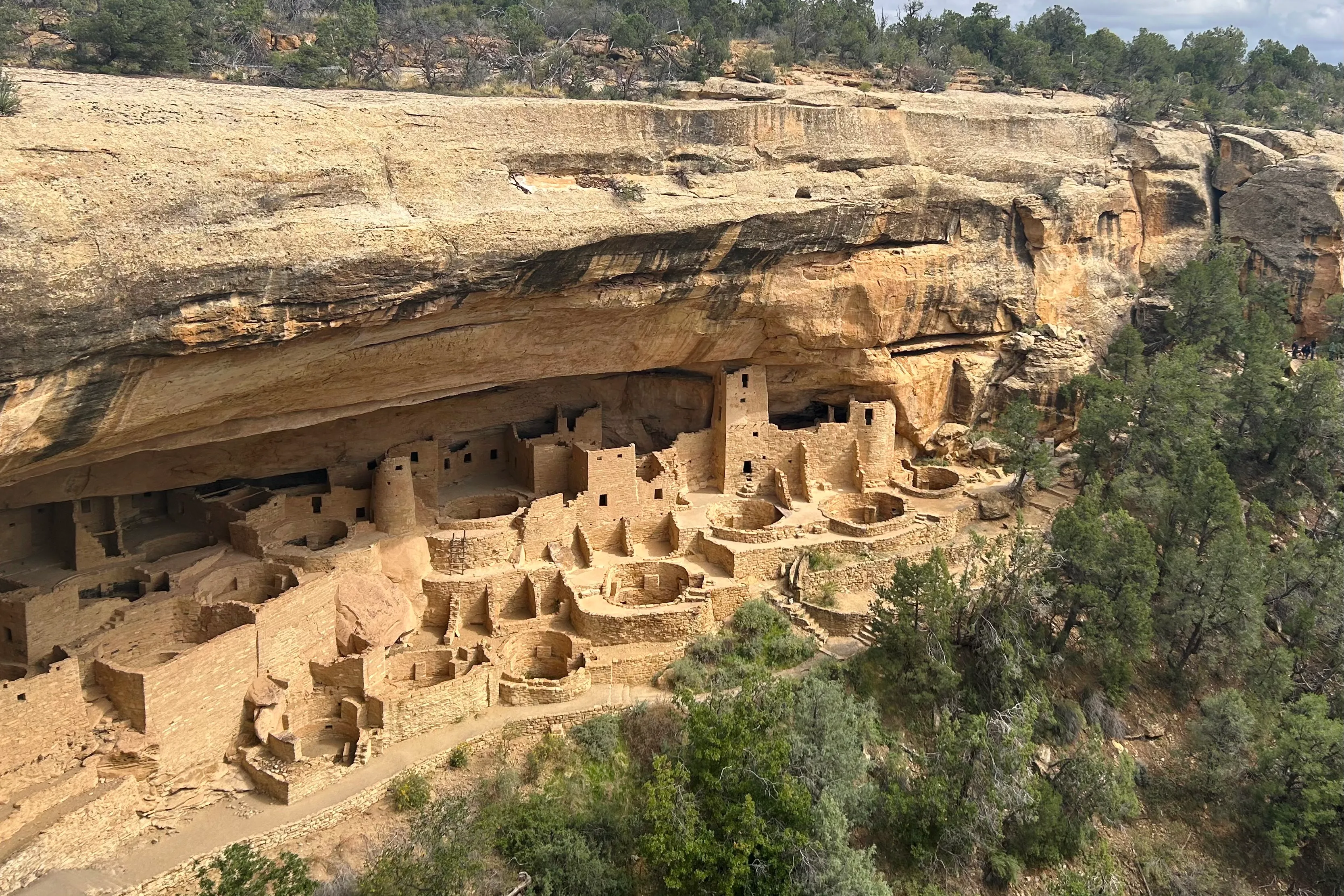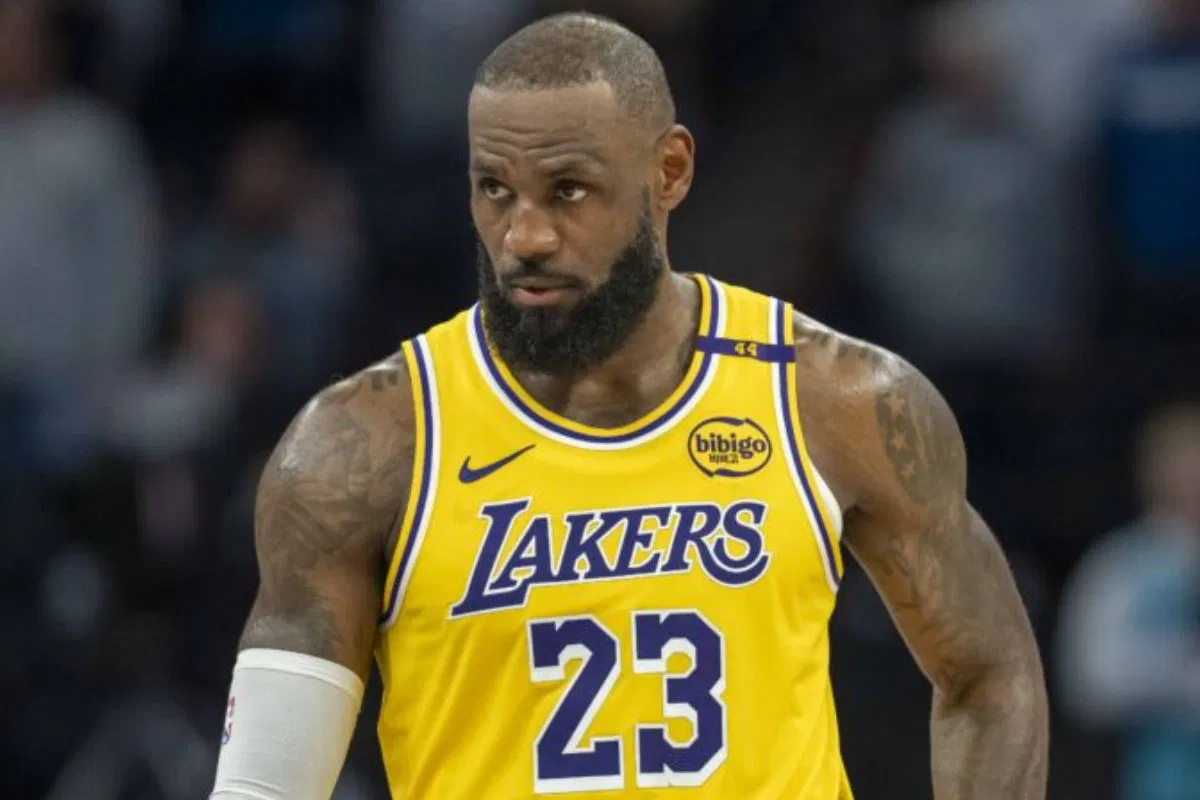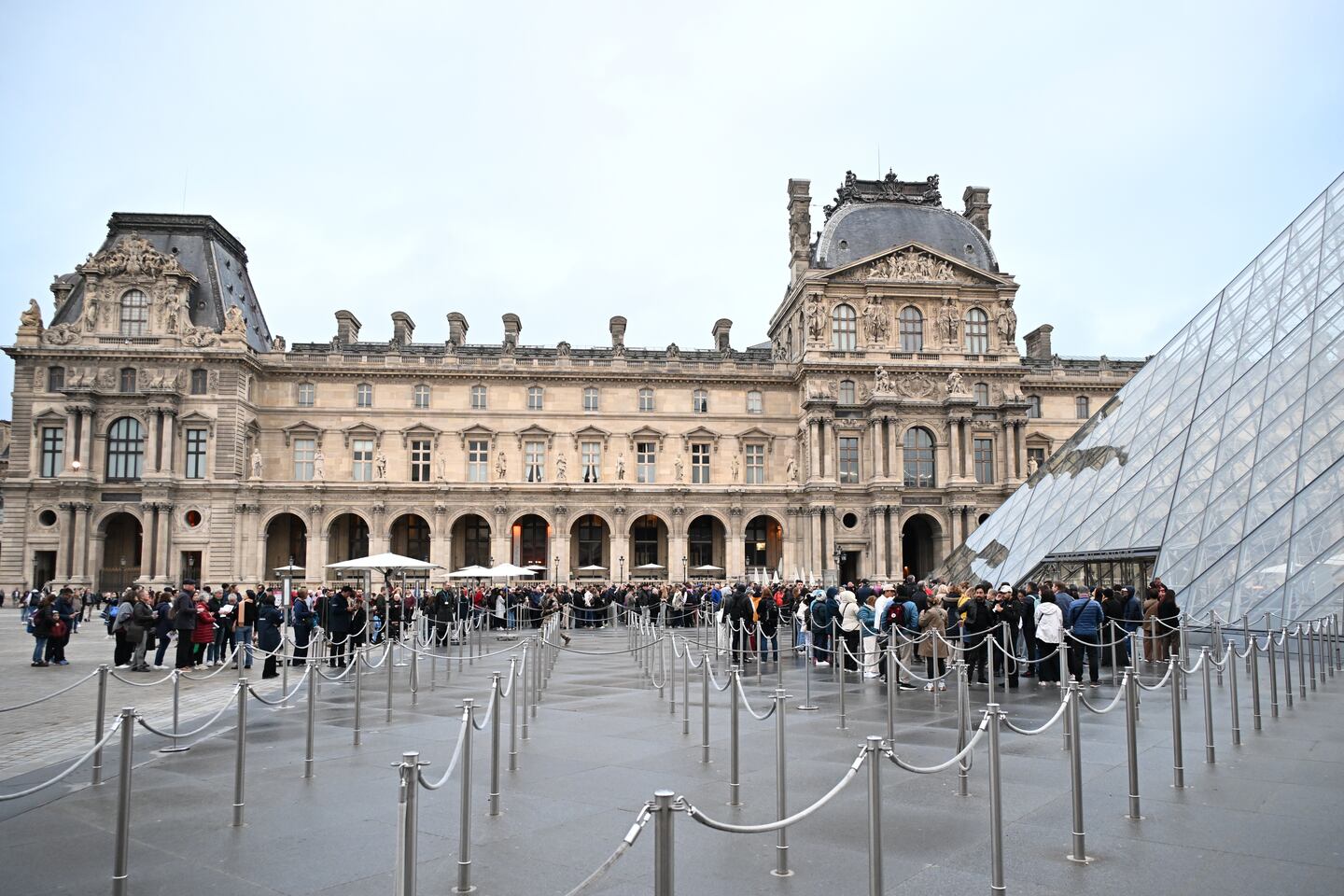Copyright HotNewHipHop
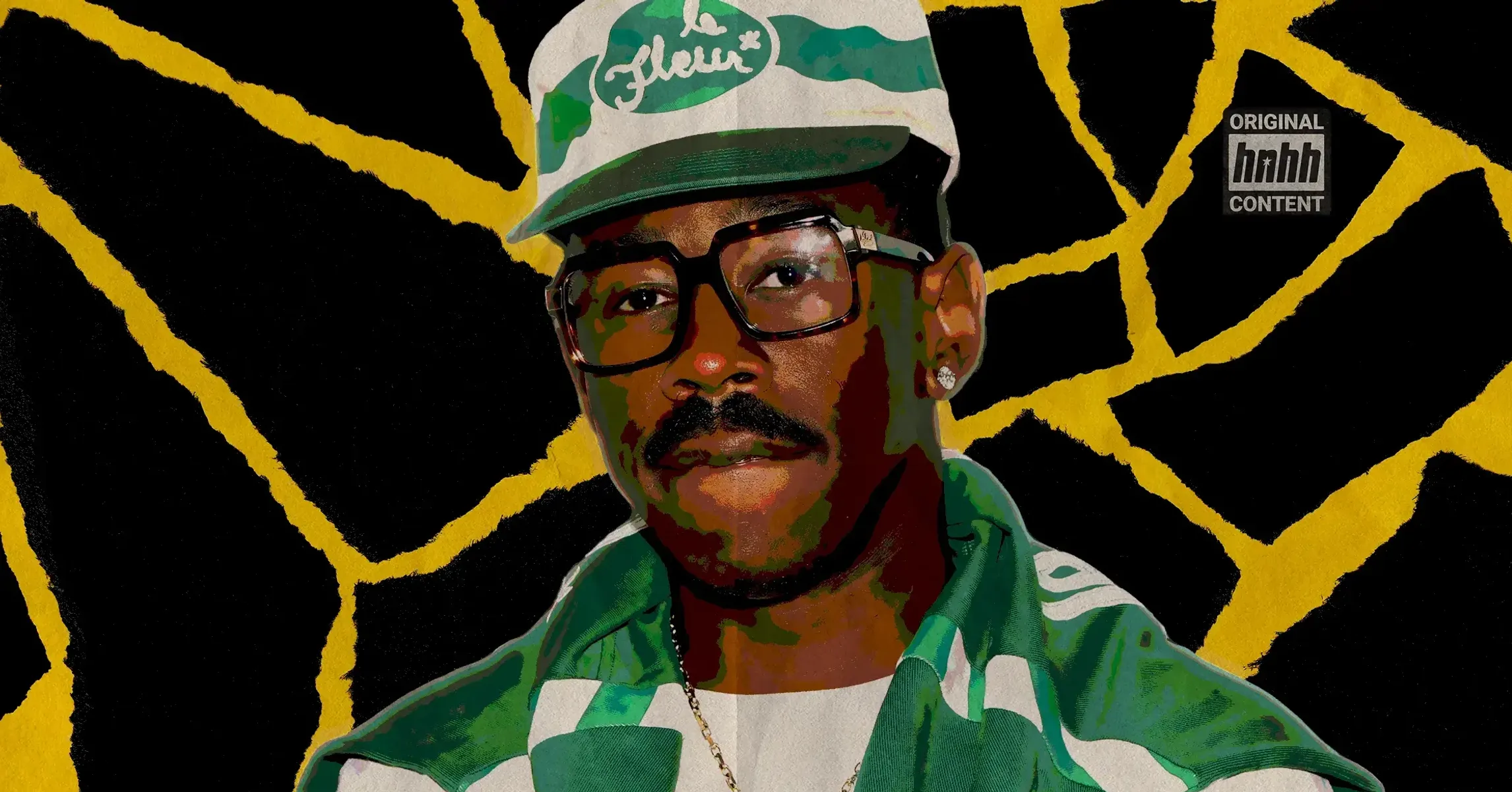
Although he knew how to weaponize shock in Hip Hop, Tyler, the Creator didn't invent it. He trolled for sport long before his Grammy wins and meditative album rollouts. Tyler was the ringleader of Odd Future, a group that made it's name through chaos. He baited outrage and leaned into shock for attention. His earliest fans praised the rebellion, but underneath the irony was something more targeted. Tyler kept a distance from Blackness, especially when it came to Black women and protests for equity and equality. That's what made the rapper's D'Angelo's tribute so layered. The world lost the beloved Neo-Soul pioneer last week, and to share in collective grief, Tyler took to the internet. However, much of his fanbase, the one he built through controversy and artistic freedom, didn't identify with Black culture's mourning. Soon, Black social media users were quick to react, and when a fan tweeted that Tyler's white audience didn't appreciate Black art in the way he does, the IGOR icon liked the post. That one tap reopened old wounds, and timelines were filled with reminders with tweets, lyrics, and quotes from interviews. People weren't calling for cancelation but did want some form of accountability as they recounted Tyler, the Creator's sordid history. Read More: Tyler, The Creator Caught Deleting Old Anti-Black Tweets What Is An Edgelord (In Hip Hop?) If there is a group that chases shock, it's "edgelords." They don't run after legacy, per se, but immediate reactions and gratification. Numbers, views, clicks, likes...we know it as "trolling," but more recently, the term has morphed to "rage baiting." They posture themselves as fearless, but their provocation rarely speaks truth to power. It speaks sideways and downward at communities already under fire. In Hip Hop, the edgelord persona walks a thin line between rebellion and ridicule. Think Eminem during the Marshall Mathers LP era when he weaponized homophobia, misogyny, murder, and cartoonish violence under the guise of satire. There is also XXXTentacion, whose violent past collided with music that thrived on extremes. Think Kanye West, who used trolling and chaos as performance art long before MAGA hats and antisemitic rants. All different artists that played with fire and called it freedom. Read More: Tyler, The Creator Wants to Punch Bruno Mars Tyler, the Creator was once their peer. At the height of Odd Future’s rise, he fell into the same edge of rapping about rape and slurs with wide-eyed delight. In “Tron Cat,” he joked about molestation. In “Yonkers,” he rapped, “I’ll crash that f*cking airplane that that f*ggot n*gga B.o.B is in / And I will stab Bruno Mars in his goddamn esophagus.” On “French!,” he poked at Black women by saying, "Got all the Black b*tches mad 'cause my main b*tch vanilla." At the time, he called it a character. Tyler said it was just art, but the damage was real. Especially for young fans who saw themselves in the lines he used for laughs. The edgelord doesn’t disrupt systems, they mirror them. They echo the same hierarchies and violence, just louder. In Tyler’s case, that mirror was held up to Blackness. He distanced himself from it, exploited it for reaction, and built a mostly white, if not mostly non-Black, primarily online fanbase that felt in on the joke. Tyler said he didn't care if white people said the n-word. And they were amused at the spectacle of a Black artist mocking his own people. Read More: Tyler, The Creator Likes Tweet Criticizing White Fans' Treatment Of Black Music That’s the difference. An edgelord in Rap isn’t just pushing boundaries. They’re often retreating from identity and using performance to erase or distort where they come from. For years, that was part of Tyler’s appeal. Tyler, The Creator's Edgelord Era Odd Future was never subtle. They hit the scene proudly offensive. A part of branding themselves was to be outcasts too unruly for polite culture. Tyler, the Creator was their head honcho, and from the beginning, he knew exactly what he was doing. He wore the “weird Black kid” label with pride but morphed it into something hostile enough to be heard outside the margins. The music was aggressive, but so was the messaging. His early mixtapes and albums were full of rape fantasies, violent threats, and anti-Black misogyny, all delivered with a smirk. Goblin and Bastard were grimy, DIY, and buzzing with angst, but Tyler's bars weren’t just rebellious. They were often cruel. Read More: 15 People, Places & Things Tyler, The Creator Disses On "Cherry Bomb" On “She,” he stalked a woman. On “Tron Cat,” he raped and killed her. He referred to women as “b*tches” almost exclusively, and rarely included them in his visuals unless they were props. Then, he was questioned for only featuring Black women who were of a lighter complexion. When called out, he blamed critics for being sensitive. It was all just jokes. Art. Expression. Anyone offended was part of the problem. He doubled down on social media, especially Twitter, where many of his most brutal statements lived. Tweets mocking Black culture and women, praising whiteness, and using homophobic slurs weren’t anomalies but branding. His fans, mostly a collection of white boys obsessed with Tumblr and YouTube, loved the chaos. He made them feel cool for watching a Black artist burn down the house he was raised in. That validation, from an audience outside the culture, helped Tyler ascend. Read More: Tyler The Creator Mourns D'Angelo In Heartfelt Tribute In many ways, Tyler’s early career made him untouchable. The music industry saw him as a genius in the making. Brands saw him as edgy and marketable. Critics called his work complex and misunderstood. However, Black audiences, especially Black women, remember. They recall how Tyler positioned himself in contrast to them. How his version of rebellion meant rejecting them outright, and how long it took for him to finally change course. Who His Audience Was—And Who They Weren’t Tyler’s earliest fans weren’t Black kids in Los Angeles. They weren’t the ones catching stray bars about skintone, or watching music videos where they barely existed. Odd Future’s rise came through the internet where a mostly white, male audience made Tyler a cult hero. They loved the shock value, the nihilism, the “I don’t care about anything” attitude. Tyler fed it to them in spoonfuls. He called himself ugly and his Blackness weird. There was the mocking of queer culture while teasing queerness. His audience laughed and reposted, made GIFs and edits, bought the merch, screamed the slurs at shows. He distanced himself from mainstream Rap, and for a while, it worked. Hip Hop heads called him corny while critics called him brilliant. Meanwhile, a generation of suburban kids called him a god. Read More: What Bruno Mars Really Thought About Tyler, The Creator's Diss Yet, in distancing himself from Blackness, he made sure to keep a specific kind of proximity. That’s what made the D’Angelo moment sting for some. Tyler posted a heartfelt tribute and, as far as anyone knew, he meant it. Then, he liked a tweet criticizing how his fans didn’t understand or appreciate D’Angelo’s legacy, and the conversation shifted because the people most confused about D’Angelo weren’t from Black culture. Still, they were Tyler’s audience. The same audience he’d cultivated for years by dismissing the very culture D’Angelo came from. It’s not about whether Tyler loves Black music. He clearly does. It’s about whether his actions helped raise a fanbase that doesn’t. Those that skips over the roots but praises the tree. Tyler may have changed since that time, but his platform was built on an algorithm of detachment. Some of that detachment still echoes in the rooms he built. The Evolution Of Tyler's Style & The Message Shift The pivot didn’t happen overnight. However, somewhere between Cherry Bomb and Flower Boy, the tone shifted. Tyler stopped trolling and started composing. The lyrics grew more intentional, the production more lush. He traded shock for shape, crafting full-bodied albums that could sit beside Stevie Wonder one day and Madlib the next. For the first time, people weren’t just reacting to Tyler. They were listening. Flower Boy marked a turning point. He spoke about isolation, sexuality, friendship, longing. There were still flashes of defiance, but the bark softened. Then came IGOR, what some see as the full bloom. It was heartbreak and synths, chopped Soul and unspoken queerness. Tyler had matured, and his music reflected a complexity that critics now hailed as genius. Gone were the skater-rebel tropes. In their place stood a producer, composer, arranger, writer, and storyteller. Read More: Tyler The Creator Calls Out "Racist" Taylor Swift Fans While Responding To Hate For Old Lyrics With Call Me If You Get Lost and its deluxe, The Estate Sale, Tyler moved even further into nostalgia and craftsmanship. He used Boom Bap breaks and Jazz samples and shouted out Black designers. He examined his own ego. In doing so, he centered Blackness not just as aesthetic, but as narrative. Tyler, the Creator wasn’t parodying the culture anymore but purposefully, and beautifully, contributing to it. Nevertheless, evolution doesn’t erase history. It doesn’t unwrite lyrics, undo videos, or unbuild fanbases. Tyler grew, but he did so on ground paved with edgelord credibility and internet irony. Now, he wants his audience to appreciate D’Angelo and Black legends, but that kind of reverence wasn’t what first got the kids to listen. The Reckoning — Fanbase, Legacy, & Black Music Memory To be clear: Tyler, the Creator’s D’Angelo tribute wasn’t controversial. The reaction to it was. What should have been a moment of reverence, one Black artist acknowledging the impact of another, was hijacked by the reality of who Tyler’s fanbase is, and what it has always been. When fans questioned who D’Angelo was, when they flooded timelines with confusion instead of condolences, it forced a deeper question to the surface. What happens when your audience doesn’t recognize the very lineage your work now claims to honor? The critique wasn’t about gatekeeping but memory. Legacy. Accountability. For many Black music fans, especially those who remember the Tyler of Goblin and Bastard, this moment didn’t come out of nowhere. It felt like a reckoning. It's a reminder that Tyler’s rise was built, in part, on distancing himself from the very cultural foundations he now seems to celebrate. His fanbase—still largely white, still largely detached from the weight of Black musical tradition—didn’t fail him in that moment. They reflected him and how he led them to that moment. Read More: Tyler, The Creator Expressed Hatred For Leon Thomas Over A Decade Ago That’s why the resurfaced tweets, the early lyrics, the patterns of anti-Blackness weren’t just about dredging up old receipts. They were about context. Tyler hasn’t publicly acknowledged that past. No apology or real reflection. Some can say he doesn't owe anyone an explanation of his growth, laregly because it could be said it's reflected in his art. What he’s offered is deletion. Scrubbing his Twitter feed and repackaging the message. Still, for many Black listeners, that isn’t enough, because it’s not just that he hurt people. It’s that he built a career while doing it. The damage, especially to how Blackness was treated in those spaces, still lingers. Growth matters and so does memory. If Tyler wants to be embraced as a vessel of Black excellence, as a keeper of the tradition that artists like D’Angelo helped shape, he must confront what he once used that tradition for: the performance of Blackness, the proximity to whiteness, and the art made at the expense of Black women, queer folks, and his own people.
